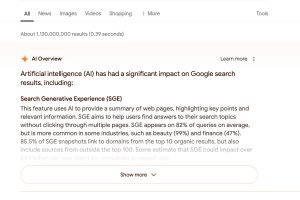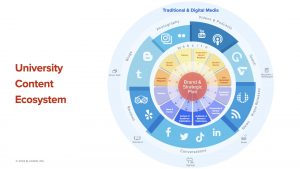
The power of content allows you to reach audiences to inform, educate and engage. Ideally, every content marketing campaign includes a mix of content types but oftentimes budgetary constraints limit our choices. In these cases, infographics offer a good solution.








